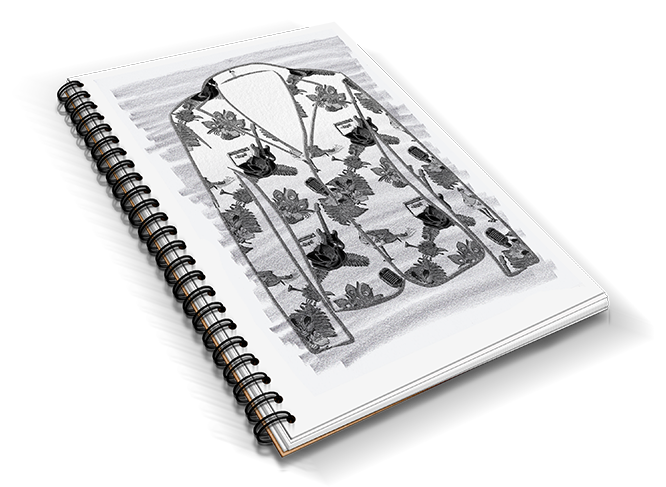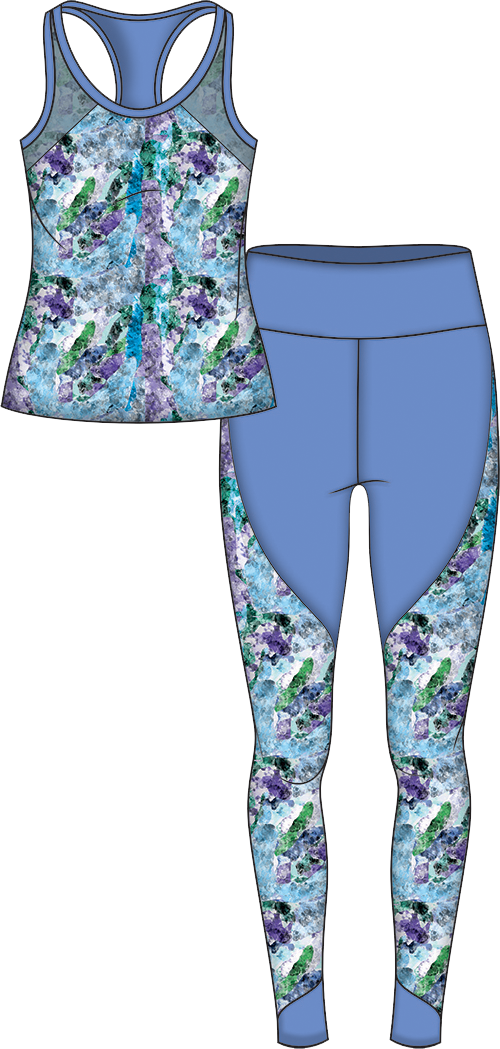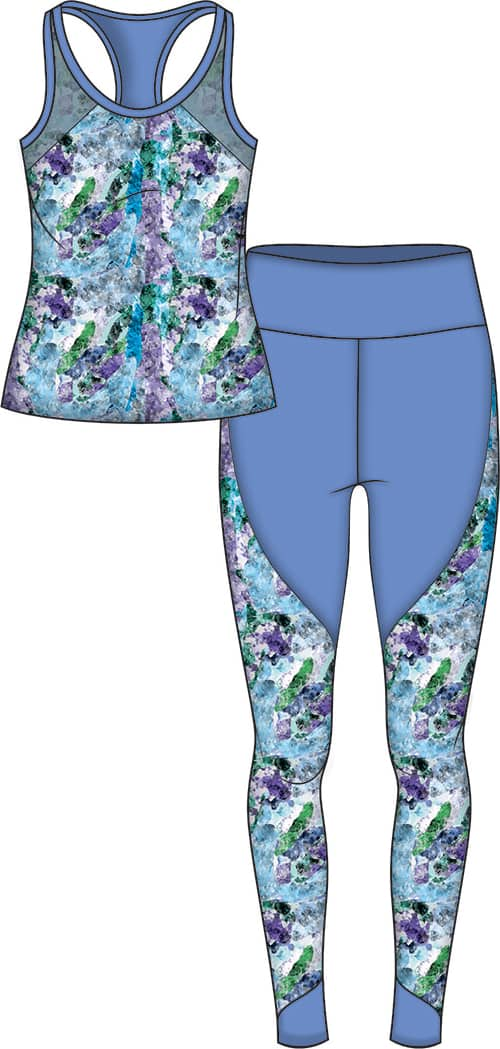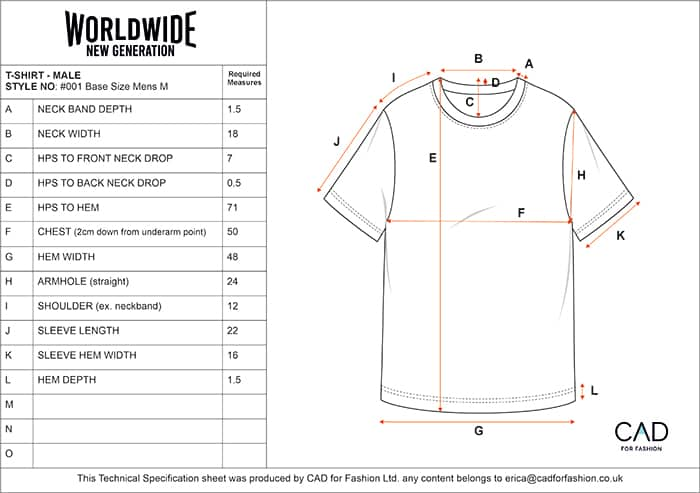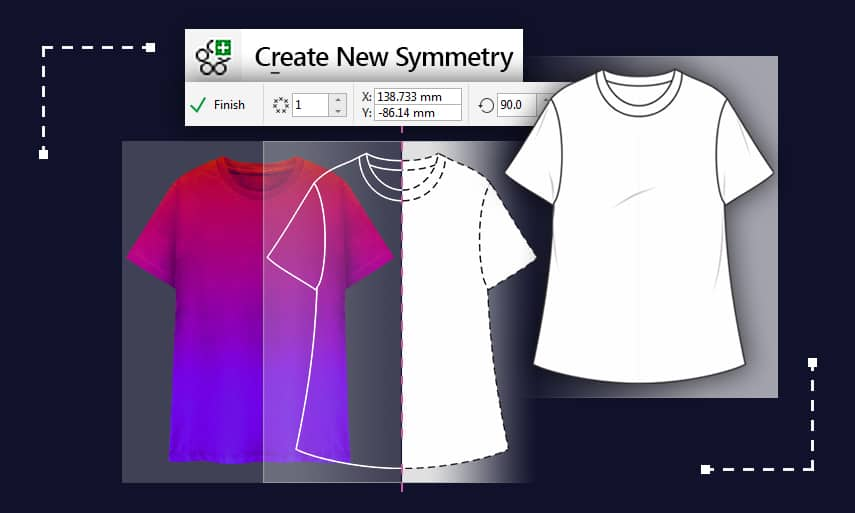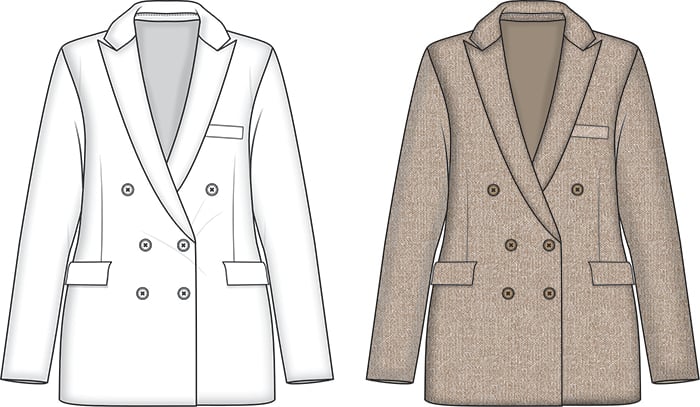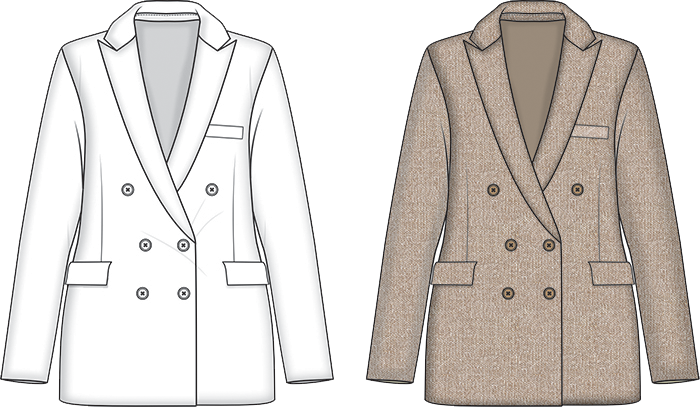
In the fast paced world of fashion and textile design, staying ahead of the curve is not just a goal; it's a necessity to staying competitive. The industry thrives on creativity, innovation, and the ability to adapt to changing consumer demands. However, the fashion and textile industry remains behind in design technology adoption.
According to Hoque et el.2021 the apparel and textile industry is particularly slow to adopt new technologies, specifically Computer-Aided Design (CAD) software. While the apparel and textile industry has been using digital design software for many years, a lack of education and training in the required skills has resulted in a digital skills gap.
This report will explore the current state of design processes in the fashion and textile industry, the negative impact of outdated techniques, and how investment in digital design tools can increase productivity and elevate creativity—and quaility of work.
To provide first-hand insight and to understand the existing digital skill gaps in the industry better, we commissioned Erica Horne, fashion lecturer, digital skills trainer, and founder of CAD for Fashion to provide her expertise throughout this report.
Read on to learn more about how to address existing digital skills gaps in the fashion and textile industry and how you can unlock your creativity and design with confidence using leading design tools.
The fashion and textile industry has a rich history of craftsmanship. A traditional design process includes many manual techniques passed down through generations of designers. However, as technology advances and design processes evolve, the integration of digital design tools has become necessary.
At present, each sub-sector of the fashion and textile industry operates at its own level of digital integration. From the luxury market, which predominantly uses traditional techniques with a growing interest in 3D design, to high street brands, which use digital design tools for range building and print design.
Apparel brands are leading the way in more effective use of digital design tools due to the graphic nature of the product type, hence, the apparel sector often attracts designers from a graphics background who have benefited from a stronger digital education. Suppliers lag behind the rest of the industry, with designers using very basic levels of CAD and often preferring to jump straight into sampling.
"I have seen that when digital design software is used in garment factories, designers are hand sketching and dropping sourced print designs into garment shapes with photo-based CAD applications, creating very simple and often stylized design visualizations that lack accuracy.
This sector of the industry is hesitant to invest in digital design training due to concerns about the skills empowering their employees to find new roles and financial commitments, as well as the extremely fast-paced, competitive market that still values physical samples, no matter how wasteful that may be," says Erica.
Print and textile design intersect with each of the sectors mentioned above, with a similar banding; high-quality, hand-painted, labor-intensive designs on one end and more commercial, digitally designed prints and graphics on the other. Digital design tools are essential for being able to technically execute a production-ready design. However, at present, the required skills are not taught in school.
"When we train print designers at CAD for Fashion, we often find that they are using outdated and time-consuming methods for cleaning up artwork and creating repeats. They are heavily relying on the print mills themselves to have the correct skills and software for color separations and accurate color management," Erica says.
In schools, fashion and textile design programs continue to emphasize traditional techniques and skill including:
While learning traditional techniques is important, as it preserves craftsmanship and artistic skills, educational institutions must embrace technological advancements by incorporating digital design tools, such as CorelDRAW Graphics Suite, into their programs.
A study by Hassan & Oluwafemi(2018), investigated the effect of CAD on the creative behavior of design students. Here are their findings:
Incorporating these tools will enable institutions to better align themselves with the changing landscape of the industry and equip future graduates with the skills they need to succeed. Graduates who are proficient in both traditional techniques and digital tools will be better equipped to navigate the textile industry.
The fashion and textile industry, like many others, faces a digital skills gap exacerbated by the rapid advancement of technology and the need for a workforce capable of leveraging that technology effectively. This problem intensifies when industry and role-specific software is required, as well as the basic digital skills needed to succeed in today’s workplace.

57% of companies face challenges in filling positions due to a shortage of skilled workforce.

Moreover, “as the world moves into an increasingly difficult recessionary period, having a workforce that’s fit for the future and is capable of responding to evolving business demands will be key to strategic success. Those that survive and thrive will be the ones that have not just invested in cost cutting but those who have focused on innovating for the future.” (MOTIF, 2020).
Investing in digital skills development has numerous benefits. As the industry undergoes a digital transformation, these skills are becoming increasingly valuable, leading to improved productivity, creativity, and competitiveness. Digital design skills are in high demand, and acquiring these skills makes individuals more attractive to potential employers.
Professionals with digital skills often have a competitive edge when it comes to career progression, and companies that invest in digital skills gain a competitive advantage by staying at the forefront of technological advancements as they can adapt quickly to market changes and consumer trends.
Many aspects of fashion and textile design are streamlined by digital tools:
“As a designer at a high-street supplier, I was the only one who used CADs to narrow down design options and quickly recolour prints before sampling. Buyers would action 20+ styles with only a handful of slots to fill. By simply producing good quality design visualizations quickly, I was able to halve the time, shipping, materials, money and labor” Erica says.
Lastly, digital design tools offer designers greater creative possibilities by enabling thorough idea development, leading to more innovative and appealing designs. Additionally, it allows for a more collaborative approach earlier in the design process.
Digital design tools can provide designers with the freedom to create high-quality designs in less time, while also potentially boosting creativity and confidence. Design software such as CorelDRAW Graphics Suite has revolutionized the world of fashion and textile design, offering a range of features that enhance the creative process, enabling experimentation and exploration.
The design tools provide a digital canvas with infinite space for designers to visualize and explore their ideas more freely. Through these tools designers have full creative control over their projects, allowing them to experiment with different shapes, colors and compositions, and discover new creative directions without constraints.
For instance, digital (vector-based) designs can easily be scaled up or down without loss of quality, which is a significant limitation of the traditional design process. One of the most powerful features that digital tools offer is rapid iteration and modification of designs.
Here are some of the hands-on benefits for designers:
Many of these software products often include libraries of pre-made design elements that designers can use as building blocks for their creations or to spark inspiration, simplifying the design process for future projects. These assists can be manipulated and edited within the software, meaning designers can easily incorporate digital assets, such as photos and illustrations, saving countless hours compared to traditional methods.
Additionally, digital files can be easily archived and catalogued for future reference without taking up physical space. “As part of our training at CAD for Fashion, we encourage the designers we work with to develop an interchangeable, collaborative library of garment shapes, trims, textures, and other assets. Storing these libraries within cloud-based features like CorelDRAW Graphic Suite’s Assets Inspector Panel means that they are instantly accessible and shareable,” says Erica.
CorelDRAW Graphics Suite offers game-changing design efficiency and collaboration tools that empower designers to:
By leveraging the extensive features of the many robust digital design softwares available, designers can focus on the more creative aspects of their work: researching, exploring innovative ideas, and producing high-quality, captivating designs. This combination of creative freedom and productivity makes design tools indispensable and an attractive alternative to traditional techniques.
However, it is important to note that in print and textile design, both approaches can coexist and be used in combination. While digital design tools have numerous benefits, traditional techniques have their own merits and ultimately the choice between digital and traditional depends on the project, desired aesthetic, and available resources.
Many textile designers find that a hybrid approach provides the most flexibility, enhancing creative possibilities and the qauntity of high-quality output that can be produced in a given amount of time.
For the apparel and textile industry to fully benefit from the impact that the integration of design tools provides, designers and leaders must have a better understanding and level of skill to facilitate the transition.
According to Jackie Lewis, Course Development Director at MOTIF (2020), “We have a lack of skilled people to drive forward the necessary level of change within the industry” and more companies in this year’s survey are looking to upskill current workers, with 46% saying that this was a priority.”
“The industry requires a significant shift in attitudes towards digital skills in education. Starting at the top, the context of these future skills needs to be fully understood in order to encourage and nurture them in an integrated way. I am frequently called into universities to run sporadic CAD sessions unrelated to the modules that students are working on. The lack of context, combined with the fact that outputs are not marked, all contribute to a lack of engagement from students and the trainings’ ineffectiveness,” says Erica.
Technology is advancing at such a pace that this gap will only grow wider without intervention. If industry, education, and skills training providers step up and work together to close the digital skills gap then confidence, productivity, and creativity will dramatically increase, positively impacting the quality of outcomes and consumer satisfaction.
Overall, CAD tools like CorelDRAW Graphics Suite have the potential to empower creativity and confidence by providing designers with a versatile and user-friendly platform to bring their ideas to life. These tools enhance the creative process, facilitate experimentation, and provide the means to turn innovative concepts into tangible and validated designs. As a result, designers can approach their work with greater confidence and creativity, ultimately producing more innovative and successful outcomes.
